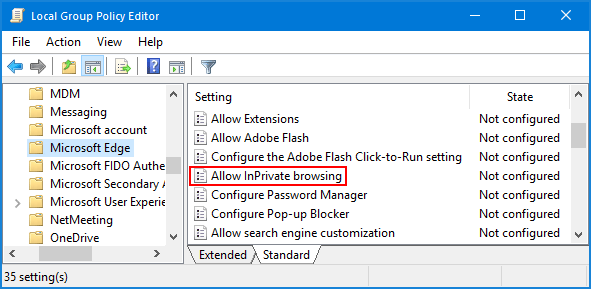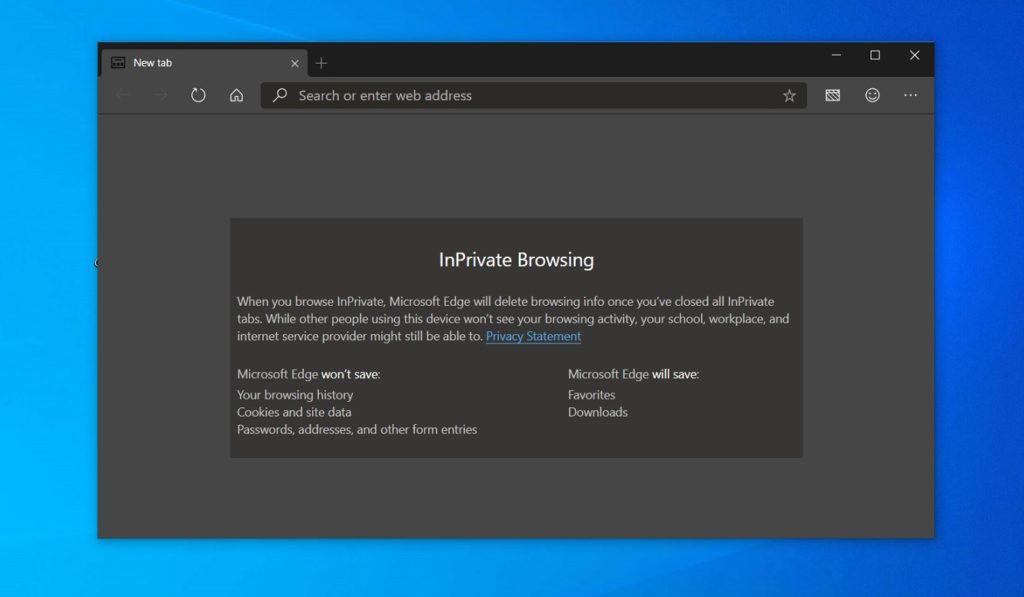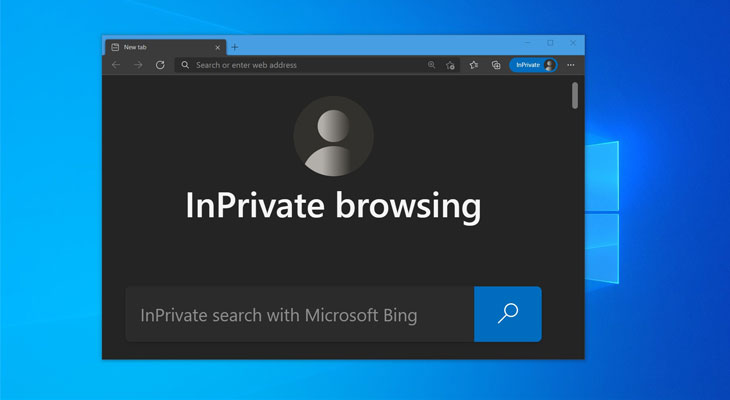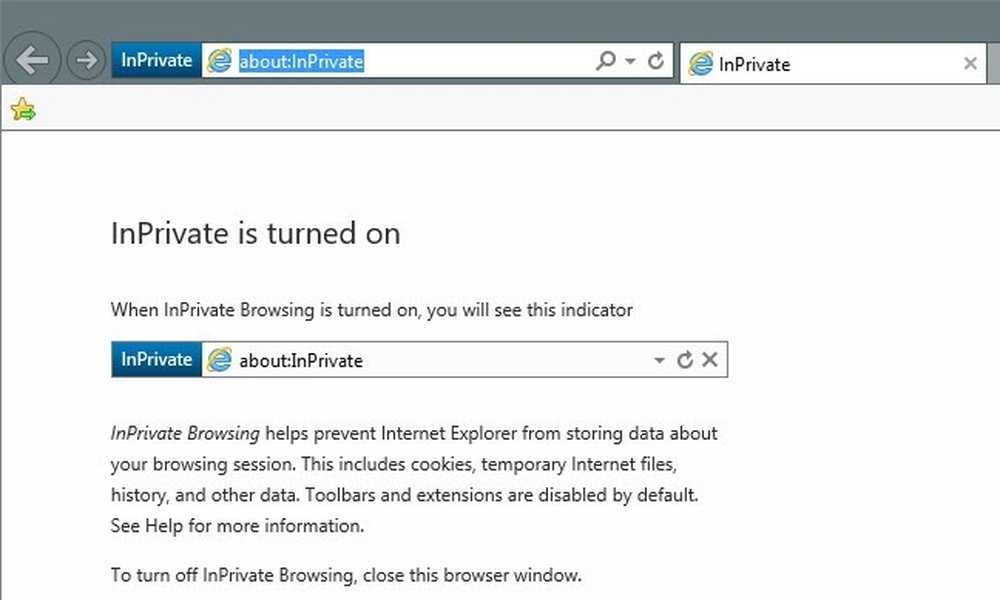In the first (most private) group lies Brave, in the second Chrome, Firefox and Safari, and in the third (least private) group lie Edge and Yandex.' I confess to feeling more than one volt of jolt. Mar 04, 2020 In Edge's Privacy and services settings window, scroll down to the Clear browsing data section. Tap the Choose What to Clear button to immediately clear out your browsing and download history. Admit it, you use your browser’s Incognito window to surf porn yourself!!! Why surfing in Incognito is not private? Opening a private or incognito browser in either Google Chrome, Mozilla Firefox, Apple Safari or Microsoft Edge and Internet Explorer only ensures your computer does not remember your online activity. According to Microsoft: When you use Microsoft Edge in InPrivate mode, your browsing information, such as cookies, history, or temporary files, aren’t saved on your device after your browsing session has ended. Microsoft Edge clears all temporary data from your device.
InPrivate browsing in Microsoft Edge is similar to Chrome’s Incognito mode, which lets you browse the web without leaving behind browsing history, cookies, etc. So if you want to track online activities on a shared Windows 10 PC, you have to disable InPrivate browsing on Microsoft Edge.
Method 1: Disable Microsoft Edge InPrivate Browsing via Group Policy
- Press the Windows key + R together, type gpedit.msc in the Run box and press Enter.
- When the Local Group Policy Editor opens up, browse to the following path:
Computer Configuration > Administrative Templates > Windows Components > Microsoft EdgeOn the right side, double-click the Allow InPrivate browsing policy.
- To turn off inPrivate browsing, select Disabled, click Apply and then OK.
- Now, open your Edge browser. Click on the More actions button (three dots). When the drop-down menu appears, the option labeled New InPrivate window will appear grayed out.
Method 2: Disable Microsoft Edge InPrivate Browsing via Registry Editor
If you’re using Windows 10 Home, the Local Group Policy Editor is inaccessible, but you can still disable Microsoft Edge InPrivate Browsing using the Registry Editor.
- Open the Registry Editor and navigate to the following location:
HKEY_LOCAL_MACHINESOFTWAREPoliciesMicrosoft - Right-click on Microsoft key in the left pane and choose New -> Key, and name it MicrosoftEdge. Now right-click on the newly created key MicrosoftEdge and choose New –> Key, and name it Main.
- Select the Main key in the left, and then right-click empty space in the right pane. Select New -> DWORD (32-bit Value), name it AllowInPrivate and set its value to 0.
- Reboot your computer for the changes to take effect. Open Microsoft Edge. The New InPrivate window option should be greyed out.
If you want to turn on Microsoft Edge InPrivate browsing again, just following the same instructions above. But, change the value of AllowInPrivate from 0 to 1.

Related posts:

Microsoft Edge might not be the most popular browser right now, as Google Chrome is clearly leading the pack on the desktop, but it’s still the preferred choice for many Windows 10 users.
Basically, Microsoft Edge has evolved to the point where it can perform the essential tasks quite easily, while at the same time benefiting from a fast and secure engine. Sure, it’s not Google Chrome, and I’d say that the lack of a large extension ecosystem drags it down, but it’s still a neat tool for those who want native browsing.
On the other hand, there are clearly things that Microsoft needs to improve in Edge browser, and one of the biggest drawbacks is that these updates land at a pace that’s substantially slower than in the case of other browsers.
Microsoft releases Edge updates twice a year with new Windows 10 feature updates, typically in the spring and in the fall, while the likes of Google Chrome and Mozilla Firefox receive new improvements nearly every one month and a half or so.
One of the most requested settings in Microsoft Edge is launching the browser in the InPrivate mode. Like Google Chrome’s Incognito, InPrivate allows you to browse the web without leaving any traces, as history, temporary Internet files, and cookies aren’t stored on your PC and are automatically deleted when you close the browser.
Fortunately, there’s an easy way to launch Microsoft Edge in the InPrivate mode by default, only that you need to create a new desktop shortcut and stick with it until a dedicated setting in this regard is introduced.
First and foremost, you need to go to the desktop to create your shortcut. This method works with both administrator and standard accounts, as it doesn’t require any specific privileges.
Right-click the desktop and go to New > Shortcut. In the first screen where you are prompted to type the location of the item, paste the following line:
%windir%System32cmd.exe /c start shell:AppsFolderMicrosoft.MicrosoftEdge_8wekyb3d8bbwe!MicrosoftEdge -privateThis particular command is being used to launch Microsoft Edge and activate the InPrivate mode, and it does it by opening a command prompt window first and then run the browser process with the private attribute.Hit Next in the screen to advance to the next step. This time, you need to provide a name for the shortcut, and it can be anything you want. We’re going to use the name Microsoft Edge InPrivate because it describes its purpose accurately. Click Finish and you’re done. The next time you double-click this newly-created shortcut, it should launch Microsoft Edge directly in the InPrivate mode, without you having to do anything else to activate it.

BONUS TIP: As you may notice, the shortcut uses a standard Command Prompt icon. This is because, as mentioned above, the command uses cmd.exe to run Microsoft Edge in the InPrivate mode.
You can change the icon to anything you want, but if just plan to stick with the default Microsoft Edge icon, here’s what you need to do.


Right-click the icon and go to Properties > Shortcut tab > Change icon. In the Look for icons in this file, you need to point the search to this particular location:
%SystemRoot%SystemAppsMicrosoft.MicrosoftEdge_8wekyb3d8bbweMicrosoftEdge.exePress Enter on the keyboard to load the icons in the file. You should see the Microsoft Edge icon showing up, so just select it and then hit OK, close the windows, and you’re done.How To Open A Private Browser Window
You can move the shortcut to any location you want, and in case you accidentally delete it, just follow the steps above to create it once again. No reboot is required and it all takes just a few seconds once you know what you have to do.
